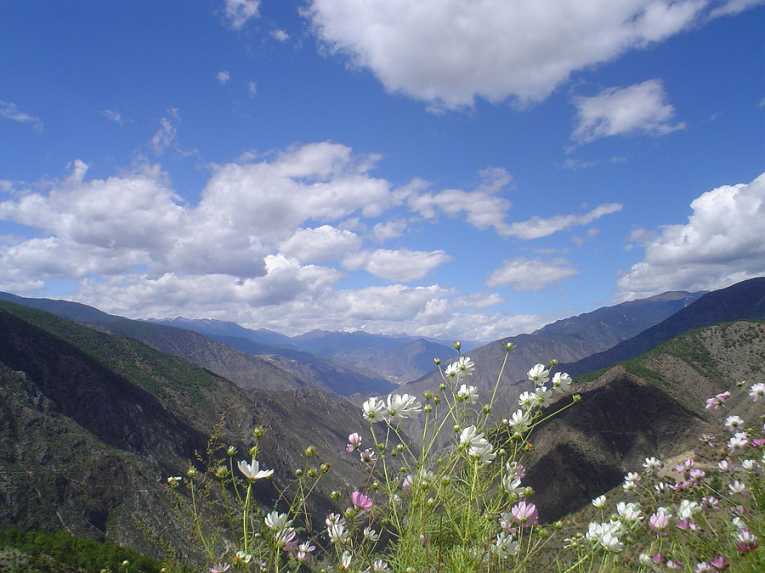The existing measures for conserving China's floral biodiversity come under a sustained critique in an article published today in this month's BioScience. The article - written by two botanists, Weiguo Sang and Keping Ma, from the Chinese Academy of Sciences - slates the current system of reserves, claiming it is filled out with paper tigers. Many of the country's reserves badly located and underfunded, they say.
As a result, China's 33,00 plant species are wilting under increasing pressure from the leaping economy, poor enforcement of current regulations and an increase invasive species. To prevent the wholesale loss of much of the country's wealth of plant biodiversity, the authors have put forward a seven-step rescue plan. But in order the plan to work, there will need to be a massive increase in the resources given to conservation - and a fundamental shift in attitudes.
China's plant species wealth risks being lost
China is counted as one of the most species-rich country's in the world when it comes to plants, thanks to the wide spread of its regions' climate and geography. But the current reserve system, which amounts to nearly 2,400 reserves, is poorly balanced for protecting that wealth. Much of the biodiversity is concentrated in the two southern provinces of Yunnan and Sichuan - but only 3% of reserve area is found there. Instead, 85% of reserves are in the uninhabited, species-poor western provinces.
And many of these protected areas are such in name only. Half of them have failed to log all of the plant species present on their land; a third of managers were unsure of the exact area covered by the reserve; and 40% had no administrative staff, with a quarter lacking a professional management team at all. This under-resourced, poorly trained and badly motivated state-conservation apparatus has to withstand multiplying threats - from mining, to growing tourism, to over-exploitation of plants for traditional medicines.
Seven steps towards plant protection
To turn this shambolic situation around, the articles outlines a seven step plan, that will hopefully put China's plant resources back on the road towards proper protection:
The current state of the wealth of plant-species should be systematically recorded across all of the existing reserves. This could be achieved with better coordination and focus on existing projects to map plant biodiversity.
These existing reserves should then make use of the resulting comprehensive plant database to come up with monitoring and management plans, tailored for their specific areas.
New reserves should then be set up in the most species-rich provinces, and those areas where the threat of loss is greatest. These reserves should be better connected, to provide corridors for migration with climate change.
A switch of focus towards the long-term benefit of the conservation of natural resources, including plants, should be undertaken - especially at the local level, where communities are currently over-exploiting those resources.
Somewhat controversially, the authors also suggest the movement of some rural communities, currently in protected areas, into planned urban developments, using government incentives.
There should also be the development of botanical gardens to help conserve the most-threatened plant species, and to ramp up the scientific knowledge and expertise in conservation.
Finally, the importance of looking holistically at the issue of plant conservation should be recognized, by setting up ecosystems research facilities, and teaching the management of these native ecosystems.
Global interest
The steps outlined amount to a tall order for change of the current system, but the authors believe that without such a plan, China could lose one of its most important natural assets. That loss would be felt globally too, they conclude. "Plant resources will remain of supreme importance in supporting China's sustainable future development by securing its food security and social stability. Furthermore, these resources are crucial for the global community as a source of medicinal substances and of new crop varieties resistant to pests, crop diseases, and changing climatic conditions."
Top Image Credit: Meili Mountian, Yunnan, China © zhaohai101










